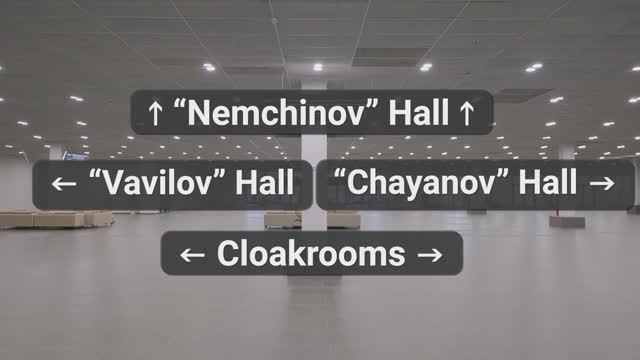Incorporating solar harvesting into the side of buildings could enhance energy sustainability

Research demonstrates the potential of a solar unit that can hang on the outside of a structure
If builders could incorporate solar harvesting into the siding of a building, the amount of energy from the grid that a structure would need may significantly decrease.
In research published recently in Renewable Energy, a team of researchers from Rensselaer Polytechnic Institute, led by Diana-Andra Borca-Tasciuc, a professor of mechanical, aerospace, and nuclear engineering, demonstrated the potential of wedge-shaped luminescent solar concentrators (LSCs). These efficient modular solar units could easily be hung on the side of a building.
The LSCs considered in this study are made of transparent plastic with a film of photoluminescent particles on the back, similar to those used in LEDS. Solar cells mounted on the larger edge of the LSC convert energy captured from the sun into electric power. The way these devices capture and concentrate sunlight enhances the power that is produced by each unit of surface area within a solar cell.
Before now, this unique shape and construction had only shown promise in theory. In this research, the team took that a step further and tested how these LSCs could function within the lab. The researchers also used light data from the field to help predict annual energy production if the LSCs were to be hung on walls. Based on data from Albany, New York, and Phoenix, Arizona, the annual energy production predicted for these devices was up to 40% more than the annual energy produced by solar panels, when both are installed vertically.
"While this technology is not meant to replace solar panels, it expands our capacity to efficiently harvest solar energy in the built environment," Borca-Tasciuc said. "It works well for vertical wall applications where a solar panel does not perform as well."
"As the world transitions toward carbon neutrality, using vertical surfaces effectively for solar power harvesting will be a necessity for the solar industry," said Duncan Smith, a doctoral student in mechanical engineering at Rensselaer. "Particularly in urban settings, the roof area of taller buildings is usually dedicated to HVAC equipment and cannot be used for solar panel installations. In these same buildings, however, there is extra room on the walls."
The team is now looking to optimize the shape of the LSC and is exploring ways it could engineer surface properties to more efficiently capture and retain the light entering the device.
Borca-Tasciuc and Smith were joined in this research by Michael Hughes, the director of Faculty Development for the Education for Working Professionals Program at Rensselaer. The research team also worked with undergraduate students who were completing a capstone project through the Multidisciplinary Research Laboratory at Rensselaer, a space that provides real-world experiences for students in preparation for their future careers.
Source: www.sciencedaily.com, Rensselaer Polytechnic Institute



